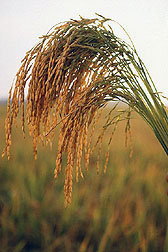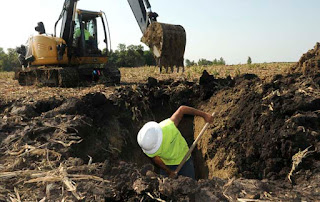Building Lego-style synthetic BioBricks in a public laboratory
As I posted previously about synthetic biology, I thought I would post about an article that WIRED published. Amateur scientists build Lego-style synthetic BioBricks in public lab Tuesday, September 25, 2012 By Joel Winston While some may believe that science is better left to scientists, hundreds of amateur biologists around the world have been setting-up makeshift biology labs in their homes, garages, and community centers. Read full article at www.wired.co.uk/news/archive/2012-09/24/synthetic-biology .



